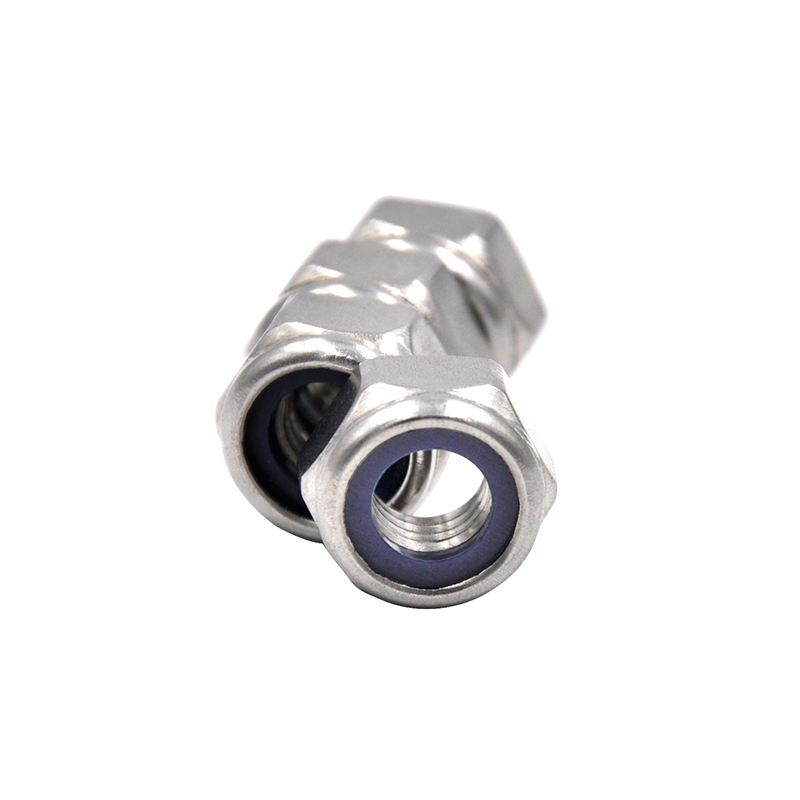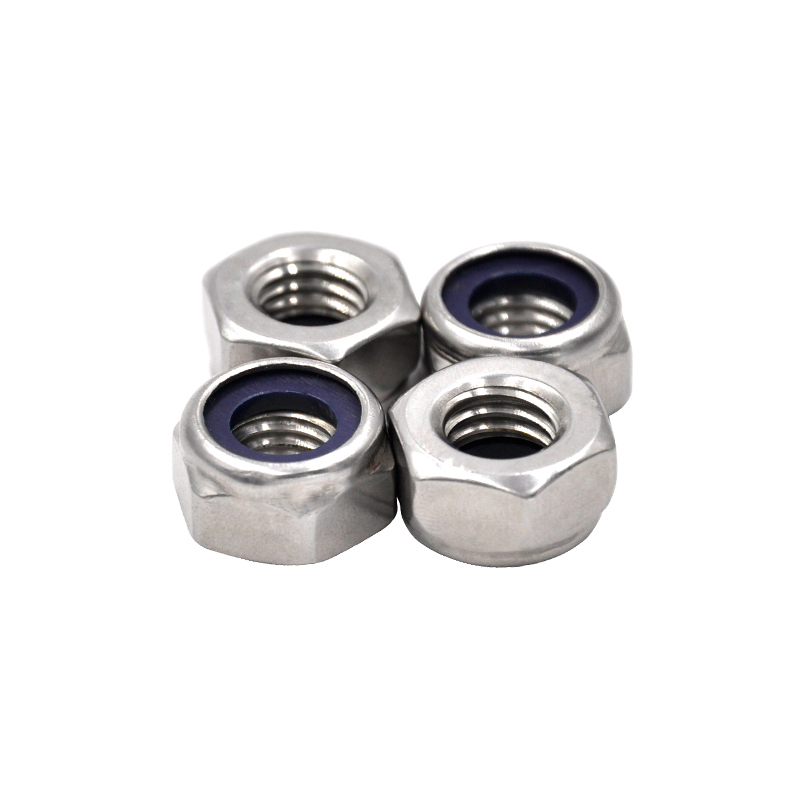- Time:2023/08/02 Posted:Dongguan prospect hardware accessories co.,ltd
When it comes to fastening materials, nuts play a vital role in providing a secure connection. However, not all nuts are created equal. Among the various types available, square nuts and hex nuts are quite popular. Although they serve a similar purpose, there are significant differences between the two. This article aims to explore and elaborate on the distinctions between square nuts and hex nuts, shedding light on their unique characteristics and advantages.
1. Shape and Design
Square nuts, as the name implies, have a square shape with four equal sides and corners. They have a threaded hole in the center, enabling them to be easily screwed onto bolts or threaded rods. On the other hand, hex nuts have a hexagonal (six-sided) shape, which is the most common and recognizable nut design. This shape provides a larger surface area for gripping and turning the nut, making it more convenient for manual installation.
2. Application and Usage
Hex nuts are extensively used in a wide range of industries and applications. They are commonly employed in machinery, automotive, construction, and various other sectors where a strong and reliable fastening solution is required. Square nuts, on the other hand, find their utility in specialized applications. They are often used in woodworking projects, channel framing, and in situations where the nut needs to be locked in place to prevent rotation.
3. Advantages and Disadvantages
Both square nuts and hex nuts have their advantages and disadvantages.
Hex nuts are known for their versatility and ease of use. Their six-sided shape provides better grip and stability, making them simpler to tighten and loosen. Hex nuts are also readily available at most hardware stores and come in a wide range of sizes, materials, and finishes. However, their main drawback is that they can potentially damage the materials they are fastened to due to their sharp edges.
Square nuts, on the other hand, excel in certain applications due to their unique design. They can be easily incorporated into slots or channels on structural members such as beams or angle irons. Square nuts also provide a greater surface contact area, resulting in better load distribution and reduced chance of loosening over time. However, they may be harder to find in standard hardware stores and are less common than hex nuts.


Conclusion
In summary, the choice between square nuts and hex nuts depends on the specific requirements of the application. While hex nuts are versatile and widely available, square nuts offer distinct advantages in certain situations. Understanding the differences between these two types of nuts empowers individuals to make informed decisions when it comes to fastening projects. By considering factors such as shape, application, and advantages, the most appropriate nut can be selected to ensure a safe and secure connection.
